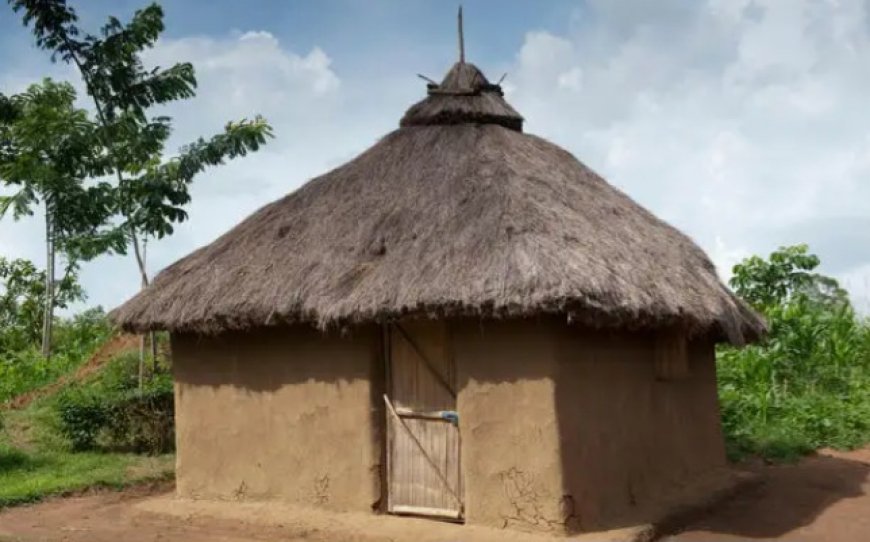Traditional Mud and Dung Houses Prevail in Western Kenya: A Closer Look at Building Material Choices and Socio-Economic Influences
The report underlines the socio-economic aspect of this trend, as poverty is linked to the prevalence of mud and dung houses.

By Seliphar Machoni
In the western regions of Kenya, a stroll through any village reveals an abundance of houses constructed from locally sourced clay and reinforced with a mixture of cow dung.
These mud and dung houses dominate the landscape, showcasing the traditional building practices ingrained in the community.
Roofs in these villages vary, with some thatched using dried grass and others adorned with iron sheets. However, the latter surpasses the former in prevalence.
Government statistics from the Kenya National Bureau of Statistics (KNBS) indicate that 45 percent of residents opt for concrete, cement, or terrazzo as their preferred flooring material, while 25.4 percent choose earth or sand, and 12.6 percent still utilise dung.
Notably, Kakamega County takes the lead, with 62.9 percent of households using dung as a floor material, followed closely by Rift Valley County, Bomet (60.9 percent), Vihiga (54.4 percent), and West Pokot (53 percent).
The choice of dung as a building material is attributed to its availability, especially in marginalised areas like West Pokot.
According to KNBS, 29.0 percent of households in rural areas live in bamboo or stone with mud-walled dwellings.
Furthermore, the report highlights that dung is not only used on floors but also on walls, particularly evident in Kakamega County, where 74 percent of households employ mud or cow dung as wall materials. Vihiga follows closely at 73.1 percent, with Bomet at 60.4 percent.
In the counties of Western and Nyanza regions, including Nyamira, Kisii, Homa Bay, Siaya, Busia, and Migori, a majority of households—ranging from 58.4 to 65.6 percent—rely on these traditional materials for construction.

A mud house in Kakamega County
On a national scale, iron sheets are the preferred roofing material, covering 83.9 percent of households.
However, in arid and semi-arid lands (ASAL) regions, pastoralist communities opt for grass, makuti, or twigs due to their nomadic lifestyle. Mandera County leads with 65.4 percent using grass or makuti for roofing, followed by Turkana (62.2 percent), Wajir (59.5 percent), and Tana River (54.8 percent).
The report underlines the socio-economic aspect of this trend, as poverty is linked to the prevalence of mud and dung houses.
Kakamega County, identified among the counties with the highest poverty rates, illustrates how economic factors influence building material choices.
Mud serves not only as a building material but also as an insulator, preventing external heat from entering the house and maintaining a cool interior. This dual functionality adds to the appeal of mud as a construction material.
Beyond economics, mud acts as an insulator, tempering external heat and fostering a cool interior—an age-old wisdom embedded in traditional building practices.
The cost of building materials in Kenya varies, and while concrete remains the preferred choice for flooring, the widespread use of mud and dung highlights the influence of socio-economic factors and local availability on construction practices in different regions.







